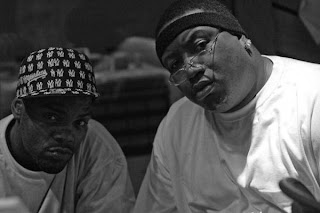So, today we will be turning in our songs for the class compilation.
As I said yesterday, you need to turn in audio files of your songs. Audio files are files that you can listen to through your computer. There are different types of audio files, including WAVs, AIFs, and MP3s.
Audio files are different from Reason files because you can open them and listen to them on any computer, you can burn CDs of them, etc. Reason files, on the other hand, can only be opened with a computer that has Reason installed on it.
So Reason allows you to export your songs as audio files. Here's how...
- Make any final adjustments to your mix (volume levels, panning, etc.)
- In the Sequencer Window, make sure the E marker is set to just past the end of your song. This tells Reason where the end of the song is.
 Go to File>Export Song as Audio File.
Go to File>Export Song as Audio File.- Name the file. PLEASE include your name somewhere in the file name.
- Choose the location where you want to save your file.
- Hit Save.
- When the Export Audio Settings window comes up, leave everything the way it is and hit Export.

- Put a copy of the file in the Dropoff folder.
- Come to the Holiday Fest and listen to your beats!

























